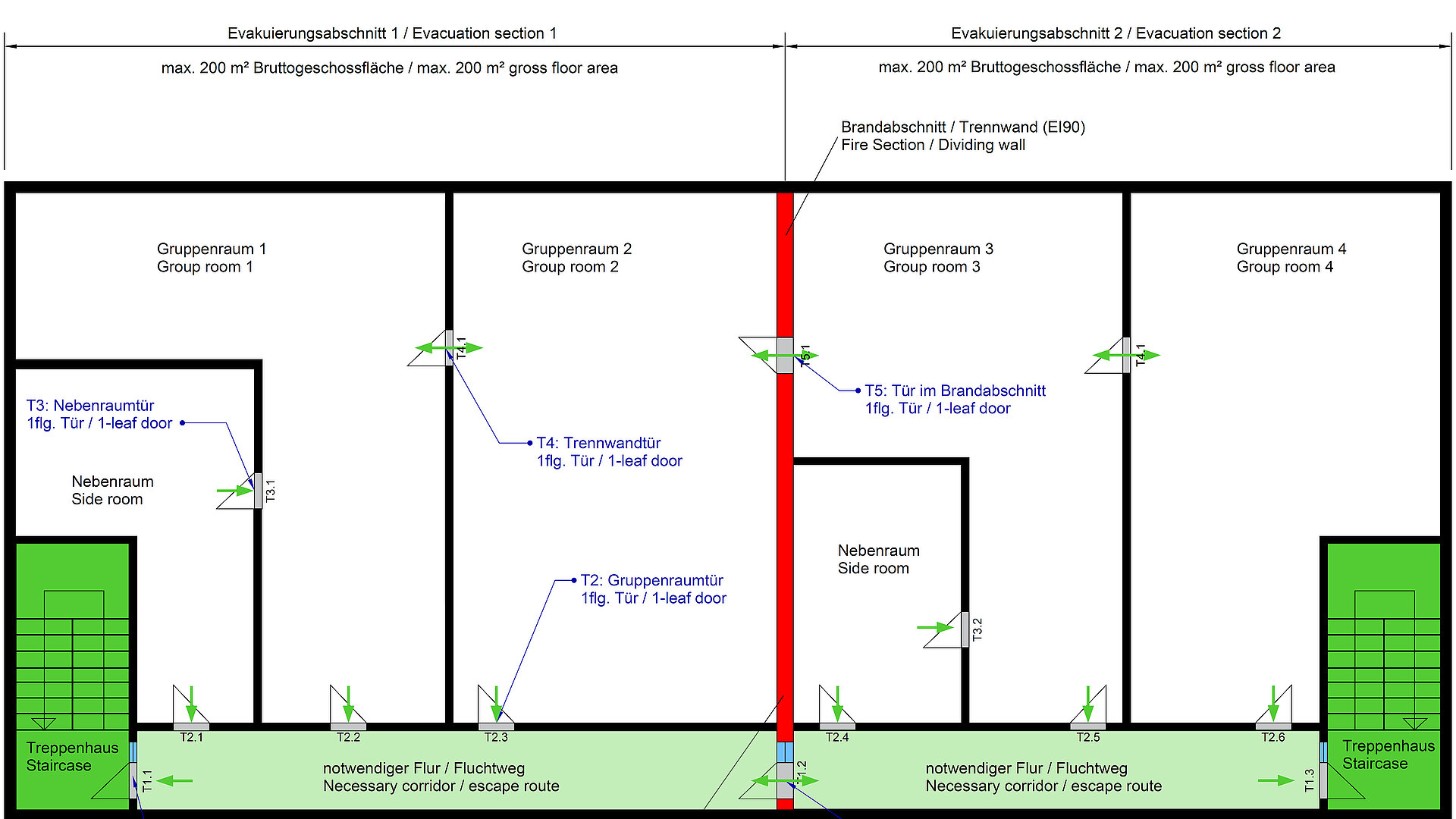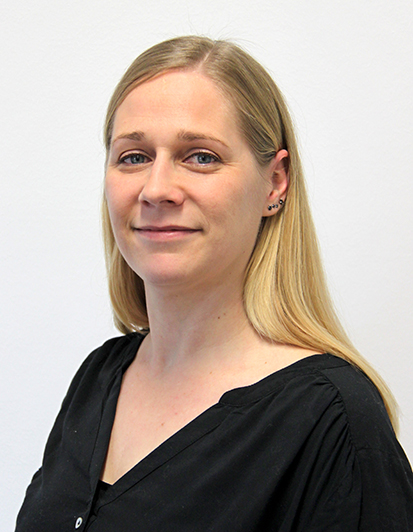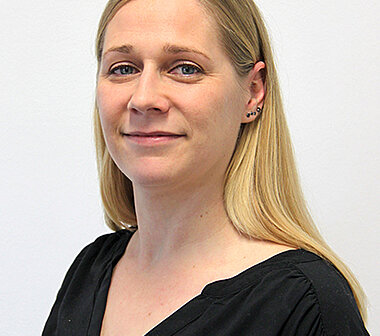Reading time: 4 minutes
Every group, every system house, every medium-sized or small craft company knows the challenges that CE labelling and the European marketing of construction products and their cross-border movement of goods entail.
This article was automatically translated from German into English with the help of DeepL.com.
CE-marked fire and/or smoke control doors and shutter assemblies are given the necessary transparency via the declaration of performance, as the declaration of their essential performance characteristics has been made comparable within Europe. Unfortunately, in reality it is not quite so simple, because building components with specifications regarding fire behavior and resistance to fire are still subject to different national regulations in the individual countries.
In order to maintain the free movement of goods within the EU, national technical regulations must be accessible to all. For this reason, according to Article 10 paragraph 1 of the Construction Products Regulation, Member States are obliged to set up so-called Product Contact Points for Civil Engineering. These are intended to provide information on the respective national regulations that apply to the construction product as well as to its installation, assembly or installation of the construction product type.
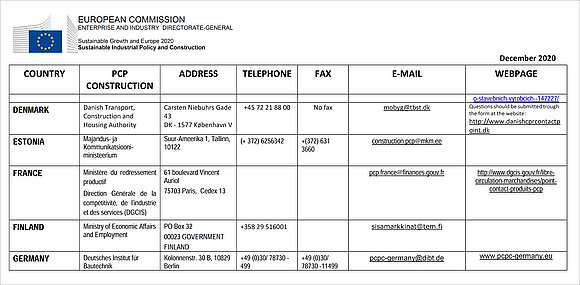
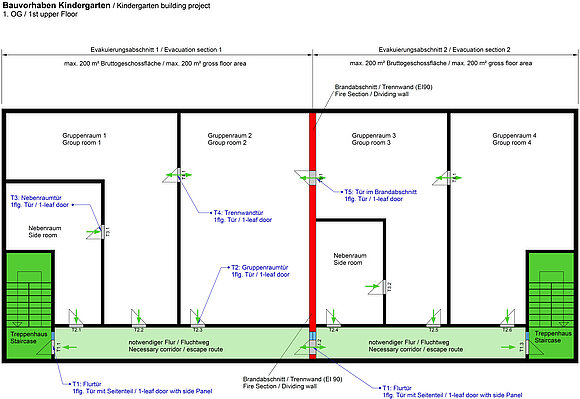
Practical test Contact Points reloaded
For the determination of country-specific differences in the specifications for fire and/or smoke control doors and shutter assemblies, it is necessary to engage with the Product Contact Points of all member states. In 2019, all Product Contact Points were confronted with the same enquiry for the first time and subsequently analyzed. The "Practical test Contact Points reloaded" shows how the process of requesting information in 2023 has changed.
The ift Rosenheim retrieved the topical list of all Product Contact Points via the European Commission's website and sent an enquiry to all the countries listed there. This time, the requested construction project was a two-storey kindergarten.
In order to be able to guarantee the national requirements regarding fire and smoke protection in the individual countries for this project, the enquiry was made by a door manufacturer commissioned to supply the doors for this construction project.
In addition to the technical specifications, there are also other aspects to be considered when dealing with the Product Contact Points, such as the processing time, the language as well as the comprehensiveness of the answers again part of the practical test Contact Points reloaded.
Result
It can be said in advance that the renewed involvement with the Product Contact Points was an exciting and small adventure for ift Rosenheim, as the feedback from the individual countries was, in part, very different, just as we know it from real life.
32 Product Contact Points were contacted, and in no time at all the e-mail inbox was overflowing. In the "Processing time" category, the entire period – from the first contact with the product information centers to the final response – was considered. But within a few minutes, the first four confirmations of receipt arrived and a day later ten more responses on request. Finally, the last response came from Portugal after 27 days. With its fire and/or smoke protection specifications, Germany is considered a perfect example for this experiment and is nevertheless included in the assessment. Part of another category is the general quality of the responses from the individual countries. However, the Construction Products Regulation's requirement for countries to provide information on the regulations and provisions was almost completely fulfilled.
As the information should be transparent and easy to understand by all the bodies requested, there was a time limit of approx. 15 minutes for processing each response. If the required specifications could not be found within the email and/or in the annexes or web links within this time limit, the information was considered "not available" for these countries. Here, the range from "no response received" to a complete response including a German translation was very wide.
Conclusion
In general terms, it is difficult to standardize all technical specifications for the respective countries, as fire and/or smoke protection involve many additional aspects that are still regulated nationally. But when it comes to the basic regulations, there is a great deal of potential overlap, which speaks in favor of a European construction product. Ultimately, the European Community concept works here. Sometimes still a little bumpy and in need of improvement, but where is there not still "air according to top"?
Literature
- Construction Products Regulation (CPR) Regulation (EU) No. 305/2011 of the European Parliament and of the Council,https://www.dgwz.de
- List of Product Contact Points for Civil Engineering PCPC 2018-06-18.pdf, https://ec.europa.eu/
